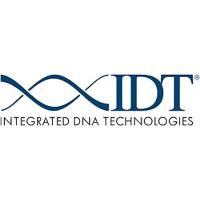Herpes Simplex Amplicon Vectors
互联网
691
The key fundamental problem for effective gene therapy remains gene delivery. Gene therapy has achieved some modest success in animal and human experiments (1 –7 ). However, effective gene delivery remains the chief obstacle. Herpes simplex virus type 1 (HSV-1) vectors offer several improvements over other established viral vectors including a larger DNA carrying capacity, wide tropism, high-transduction efficiency, and the potential to establish latency. HSV-1 vectors can efficiently transfer genes in vivo (1 ,8 –11 ) to a variety of cell types including muscle, neural, and tumor cells (8 ,10 ,12 –17 ). Two basic designs of HSV vectors, replication defective and amplicon, are under development (3 ,12 ,18 –22 ). Plasmids with an HSV-1 lytic replication origins (ori S) and terminal packaging signal sequences, can be amplified and packaged into infectious HSV-1 virions in the presence of transacting helper virus (12 ,18 –19 ,23 ). This plasmid system permits easier cloning and carries genomic information between prokaryotic and eukaryotic cells as a shuttle vector (19 ). The amplicon systems retain the merits of HSV-1 vectors including high efficiency of gene transfer in vitro and in vivo, wide range of host and neurotropism, but viral stocks tend to have lower titers and production is time consuming (18 ,24 –28 ). Furthermore, amplicon systems can package large DNA fragments (>15 kb) efficiently. These properties make HSV amplicon vectors useful tools for a number of applications especially cancer therapy.









